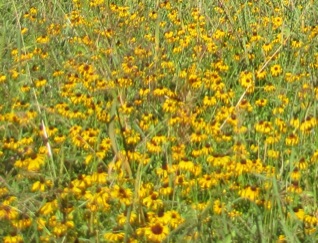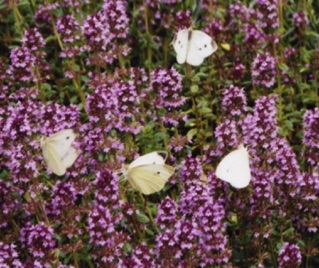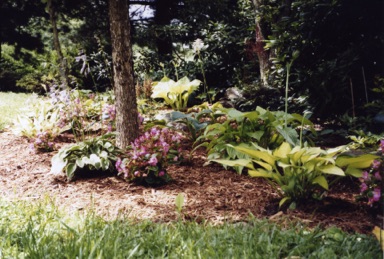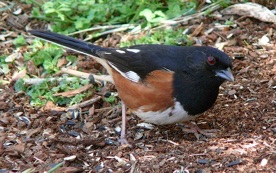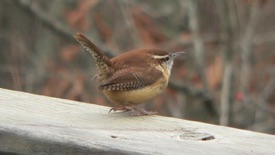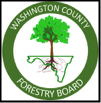From Lawn to Garden / Conservation Landscaping
As our population increases and the amount of land used for agriculture, housing and other human purposes increases with it, the amount of space left for natural plant and animal communities is diminished and fragmented.
We help natural communities by making our yards into complex plant communities that will provide habitat and food for many animals. By planting a variety of native grasses, perennials, shrubs, and trees that are well suited to our specific soil types, climate, and sun exposure, and by minimizing the amount of yard devoted to lawn, we are landscaping for a healthier planet.
Because native plants need little additional water and fertilizer once they are established, conservation landscaping reduces the amounts of energy, pesticides, fertilizer, and water used in our yards.
Because trees and shrubs have large penetrating roots, they stabilize the soil, aid the movement of water into the soil, and reduce water runoff. This reduces the amount of soil, pollutants and excess nutrients flowing into our streams, rivers, lakes, and bay.
Because animal and plant communities have developed together, using native plants in our landscaping helps our animal neighbors find the plants they need for cover, food, and reproduction.
Because of the inter-dependence of animal and plant communities, animals will pollinate flowers and distribute seed of these native plants to new locations, further promoting healthy natural communities.
Conservation landscaping promotes and conserves native plants that may be threatened by habitat loss and the competition of non-native species.
So dig up some grass, plant some flowers, native grasses, trees, shrubs, whatever you like. Then, enjoy the flowers, butterflies and birds your efforts will bring.
The world will rejoice with you.
Photos, clockwise from top.
1. A meadow with black-eyed susans.
2. Cabbage butterflies on thyme.
3. Purple coneflower and great spangled fritillary butterfly.
4. A small forest grove separating grassy areas.
5. Rufous-side towhee. (Wikipedia Commons)
6. A Carolina wren, happy to move in. (Wikipedia Commons)
